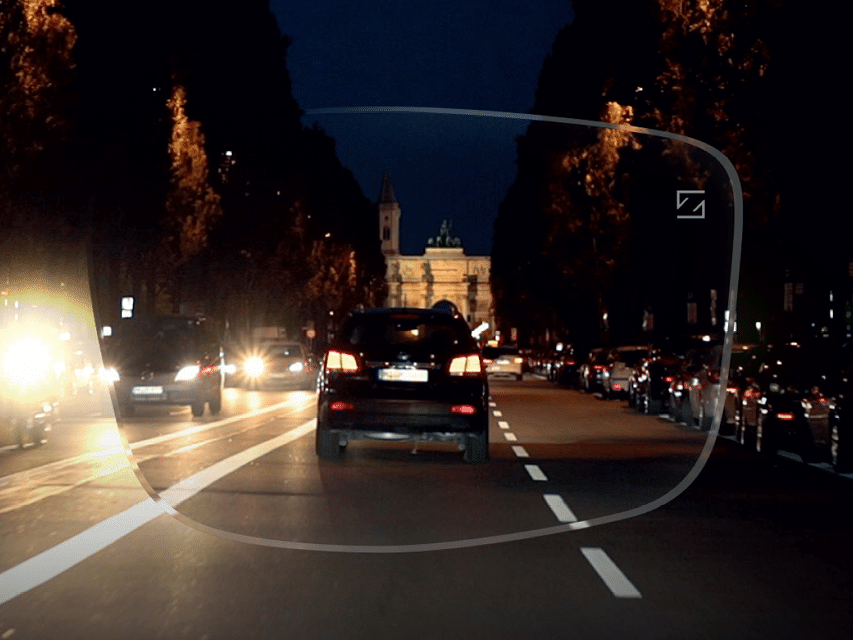They correct vision for the distance, intermediate (near distance) and the near.

All varifocals whatever the price do exactly the same thing. They correct vision for the distance, intermediate and near. In simple terms, the less expensive lenses are made using conventional methods of manufacture while the more expensive and more recently developed lenses are made with computer technology.
All varifocals have areas on the lens that are known as ‘soft focus’ zones at the periphery of the lenses. That is at the nasal and temporal edges. This occurs because the variation in prescription from distance to reading is blended through the lens. The better-quality lenses have less of this soft focus zone and provide an experience which is closer to natural vision.
Many opticians have useful software that can graphically demonstrate the difference in the lens designs specifically for your prescription. This should help you to make an informed choice about which lens is best for you based on performance and price.
Some people need time to adapt to their new varifocal lenses. Even if they have had them before. That is because the brain needs to adapt to the lens rather than the eyes. If you have never worn varifocals before you will have to get used to the areas of distortion and will have to learn a new way of looking at things. For example, instead of moving your eyes to view things that are not directly in front of them you will have to move their head so that you are looking centrally through the lens to get the image into clear focus. Also, when reading you may have to lift your chin and look through the bottom part of the lens so that you reach the reading zone for clear, comfortable near vision. You may also have to move your head more rather than being able to skim across a page with your eyes.
This adaptation can take as little as a few days and can be as much as a month depending on many different variables such as how used the patient is to varifocals, their age and how different the varifocals may be to a previous lens design or frame shape.
Because you can’t “try before you buy” with varifocals we understand that you may be worried about trying them only to find you don’t get on with them. All the varifocals that we sell come with a non-tolerance guarantee. What this means is that we will change the varifocals lenses to bifocals, or two pairs of single vision (distance and near) if you find that you don’t like varifocals lenses. This will be at no charge to you as long as you come back within 60 days.
Broadly there are two main differences between bifocal and varifocal lenses. The first difference is the cosmetic appearance. With a bifocal there is a visible line which distinguishes between the near vision zone and the distance zone. Secondly a bifocal only corrects for two distances – the far distance and the near distance. It does not correct for the intermediate distance. A varifocal has the appearance of a single vision lens but it corrects vision in three distances – distance, intermediate and near.





